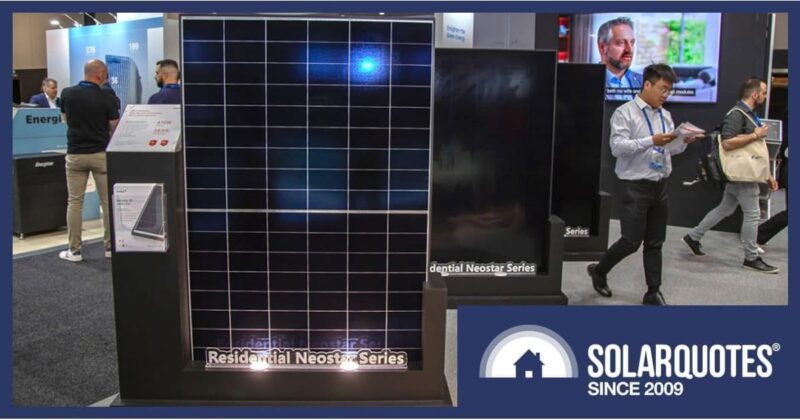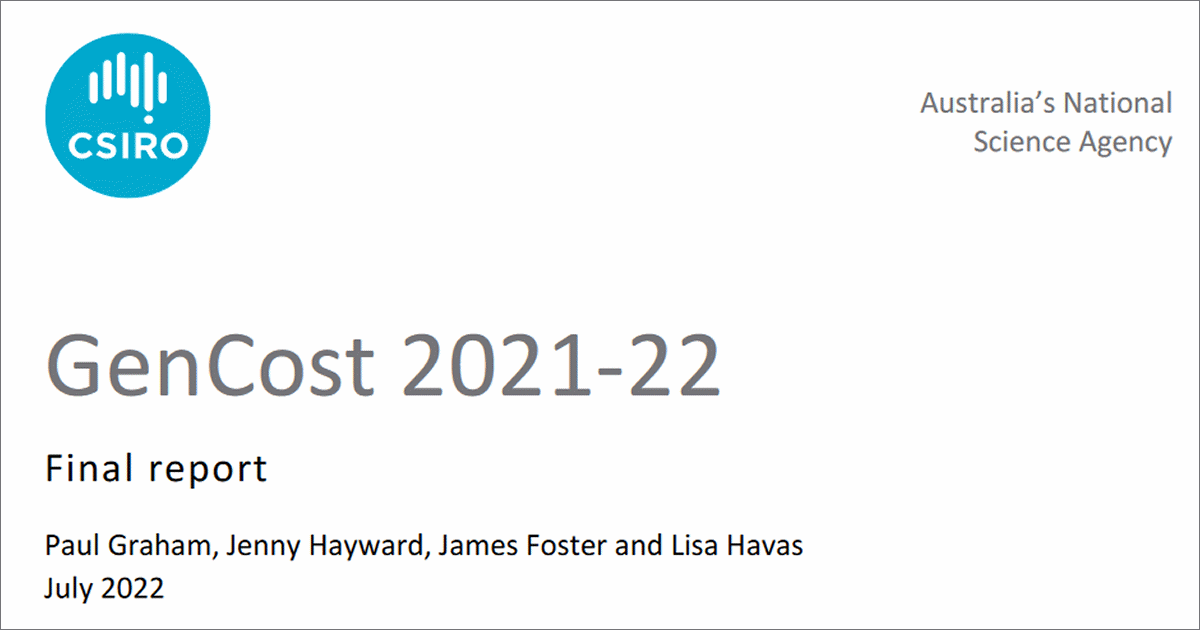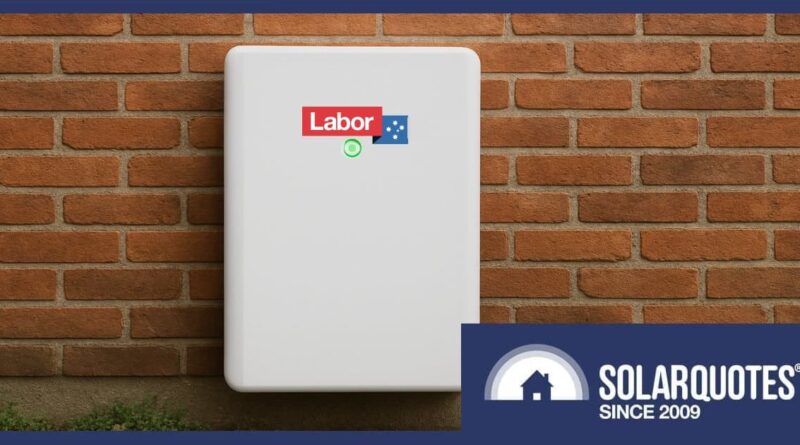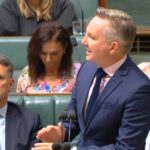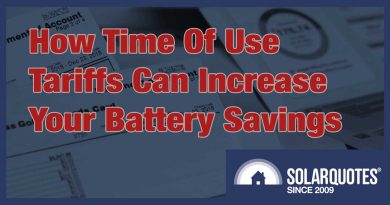Labor’s Battery Scheme Hailed As ‘Win-Win For All’


Labor’s $2.3bn Cheaper Home Batteries Program has been broadly welcomed by energy groups as a game changer for power bills, but some voices say the scheme is missing key elements. So what’s the overall verdict?
After Treasurer Jim Chalmers last Thursday stated plans to accelerate the uptake of household batteries in Australia would be revealed soon, the first details were reported on Saturday evening, followed by a torrent of coverage on Sunday.
We’ve covered initial detail on the Cheaper Home Batteries Program here, with the article updated since first published as more information came to hand. In a nutshell, the up-front cost of a new home battery system of 5-50kWh useable capacity will be subsidised at around $372 per kilowatt-hour useable capacity (theoretical maximum and minus any admin fees) from July 1 *if* Labor wins the upcoming election.
Batteries installed between now and then will also be eligible, but cannot be switched on until July 1 or after. Also, a battery must be associated with an existing or new solar system.
It seems Labor was open to the idea of extending the scheme to non-solar households, but that required putting legislation before Parliament instead of just a change to regulations. And given the current climate (no pun intended), this would have been complicated to say the least. Perhaps this can be tackled down the track if Labor is returned to office, although there’s been no commitment to that I’m aware of.
So far, the response to Labor’s election pledge has been generally positive.
Smart Energy Council: A Win-Win For All
The Smart Energy Council played a key role in helping Labor shape this policy.
“The Cheaper Home Batteries Program is the most important development in consumer energy since Australians first gained access to subsidised solar panels,” Smart Energy Council Chief Executive John Grimes said. “It’s important to understand that this policy will help reduce the power bills of everyone, not just those who can get solar and a battery. Less demand on the energy grid means fewer price peaks, a win win for all.”
CEC: Significant And Welcome
The Clean Energy Council also welcomed the announcement.
“Not only is this good news for homeowners, but small businesses and community battery owners stand to save even more with the first 50 kWh of capacity for eligible larger batteries (up to 100 kWh), also covered by the scheme,” said the CEC’s Con Hristodoulidis. “We’re pleased to see the Government using the existing Small-scale Energy Scheme (SRES) to deliver the discount – with batteries to be added to the scheme retailers and installers already know well, making the process easy.”
Australian Energy Council: VPPs Key To Maximising Value
The AEC wants to see more focus on Virtual Power Plant (VPP) participation through the program. While batteries must be VPP-ready, there’s no requirement to join a program.
“There are a significant number of households unable to install solar and batteries, including many vulnerable customers and renters,” said AEC Chief Executive, Louisa Kinnear. “Whilst this scheme will provide material benefits for those able to access a battery, encouraging VPP participation would help broaden the benefits of storage and rooftop solar generation and see reduced costs for all.”
But even if a battery isn’t connected to a VPP, it still brings broader benefits to the electricity system – although VPP participation can enhance this.
ACOSS: Good, But Go Further
The Australian Council of Social Services (ACOSS) recognises batteries reduce peak energy demand in the evening, putting downward pressure on wholesale electricity prices and network costs – resulting in cheaper energy bills for everyone. It welcomed that the program would be fully funded directly rather than the costs recovered through electricity bills.
“However, if parties are serious about providing targeted energy bill relief to people with the least, there must also be further investment in measures like thermal efficiency, electric appliances and solar for low-income housing and renters,” said ACOSS Acting CEO Edwina MacDonald.
Climate Energy Finance: Just What We Need To See
“This is exactly the policy support needed to immediately start providing Australian consumers enhanced support to access a lot more distributed energy resources – in particular residential batteries to support even more rooftop solar,” said Tim Buckley, Director of Climate Energy Finance. “This leverages the existing grid transmission and distribution structure, this benefits all electricity consumers and can be deployed fast – in days, rather than decades, like nuclear!”
However, the organisation would have liked to have seen the subsidy extended to apartments.
Coalition: You Just Wait
Leader of the Nationals David Littleproud was interviewed on ABC’s Insiders program yesterday morning and spent close to two minutes dodging the original question asked by David Speers, which was:
“Do you support this sort of idea?”
Mr. Littleproud says we need to fix the fundamentals.
“And that is to flood the market with gas to get Australian gas back into the grid.”
Mr. Littleproud said we’ll see the rest of the Coalition’s energy policy in the “coming short period”, which is rumoured to also feature support for residential energy storage.
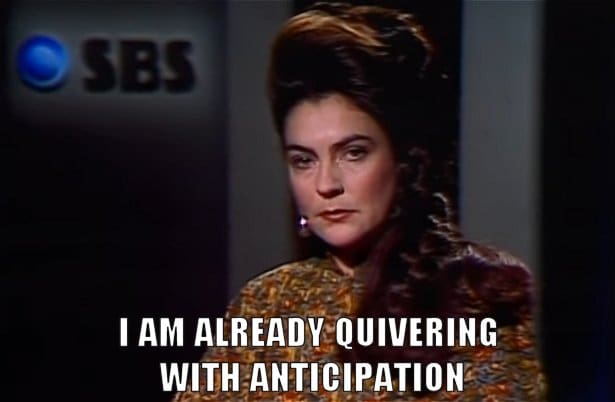

Aside from that, The Australian (paywall) reports a Coalition claim Labor is “cooking the books” on the cost of the scheme, which Labor has denied. Labor says the initiative has been independently assessed and included in the budget, with planned tapering and annual reviews to ensure its effectiveness.
So, what does SolarQuotes sleuth, blogger and fact-checker Ronald Brakels think of what Labor has cooked up? His initial thoughts:
“It appears to be a well- thought-out scheme compared to the usual state scheme. At this time it seems fairly simple, which will keep compliance costs down. As it stacks with battery subsidies such as those in NSW and WA, everyone with a rooftop suitable for solar in these states should get a battery unless their electricity consumption is unusually low. These states are already good locations, so it’s like a triple battery blessing for them. But even with the subsidy, it will be hard to make batteries pay in VIC and the ACT.”
Ronald also believes the program should be expanded.
“If their goal is to support the grid, when they can change legislation, they should make the scheme available to households and businesses without solar as these batteries are likely to provide more grid support bang per kWh.”
As for the potential for major battery system price hikes as demand builds:
“Some good news is that Australia – due to its relatively low population – is a much smaller part of the international home battery market than it used to be. This means the subsidy – hopefully – will not raise the hardware cost of systems by much.”
One reservation Ronald has about the Cheaper Home Batteries Program is the significant drop in the subsidy at the end of every year, in line with how the SRES operates. If the cuts were made every six months instead, that would cushion the impact.
“Big subsidies followed by big cuts are a problem.”
We’ll have more details and commentary on the scheme as further information becomes available. Stay updated by subscribing to the SolarQuotes newsletter.
Original Source: https://www.solarquotes.com.au/blog/labor-cheaper-batteries-reactions-mb/
